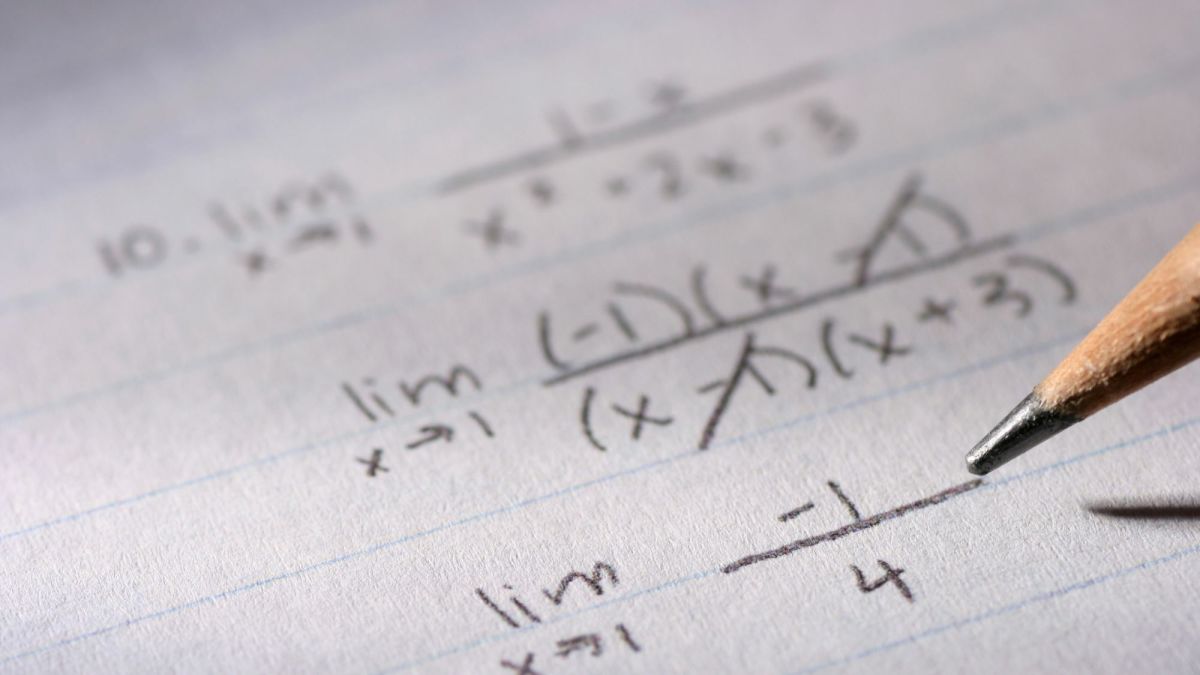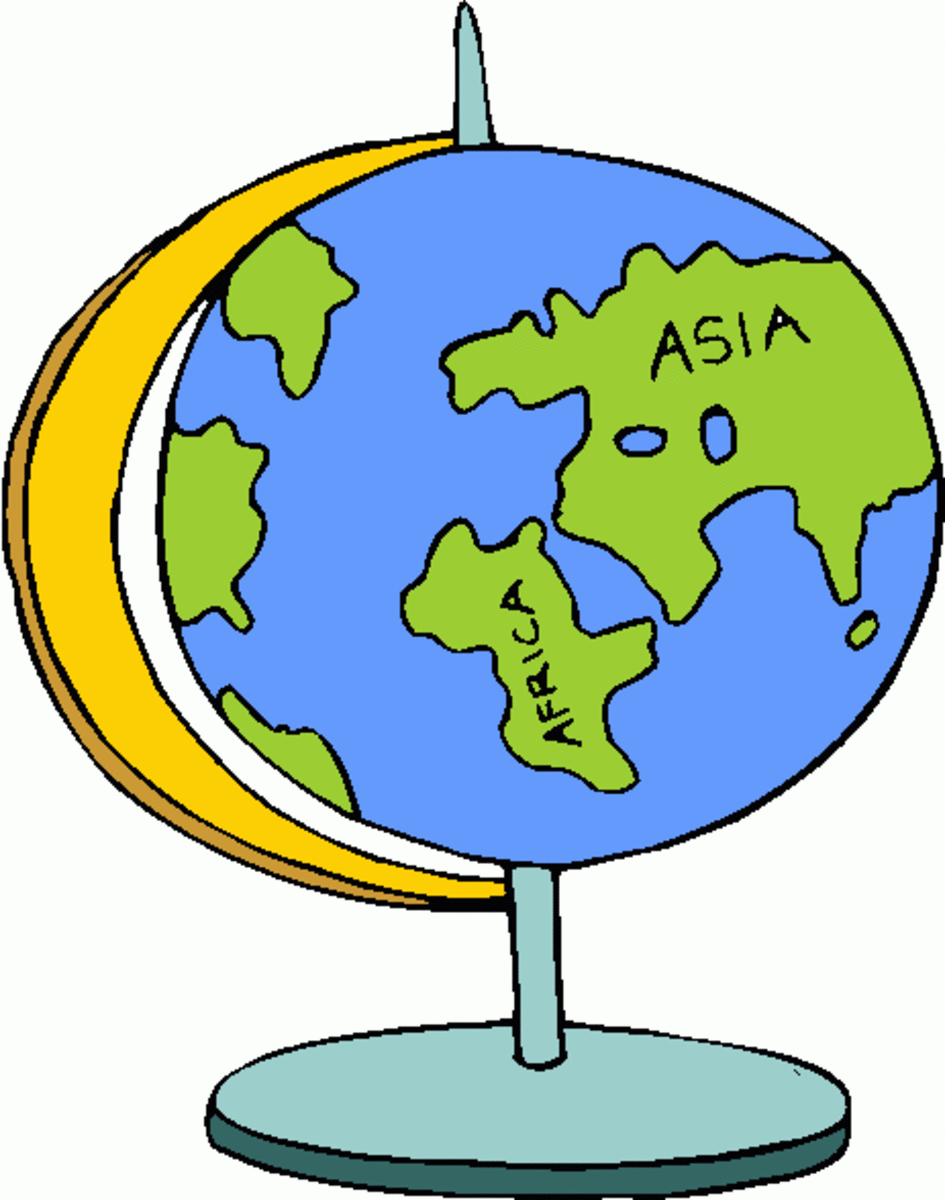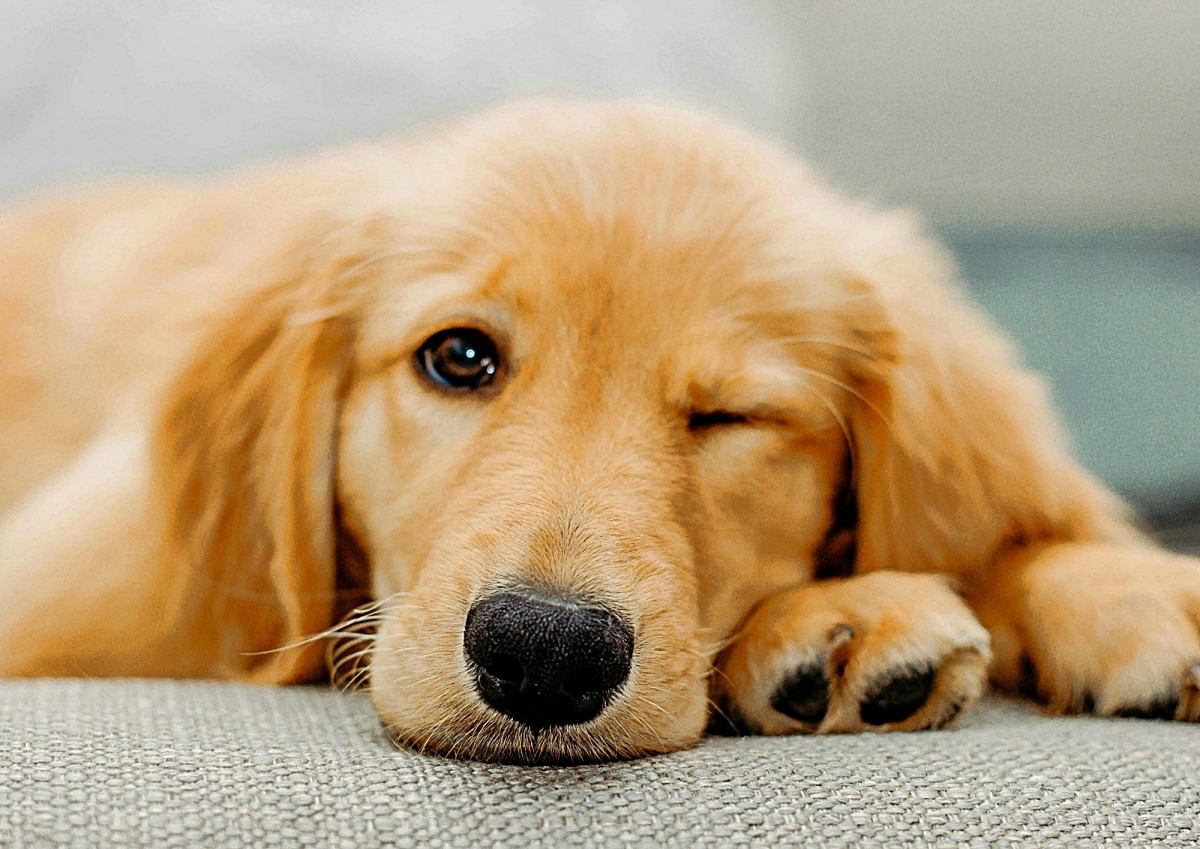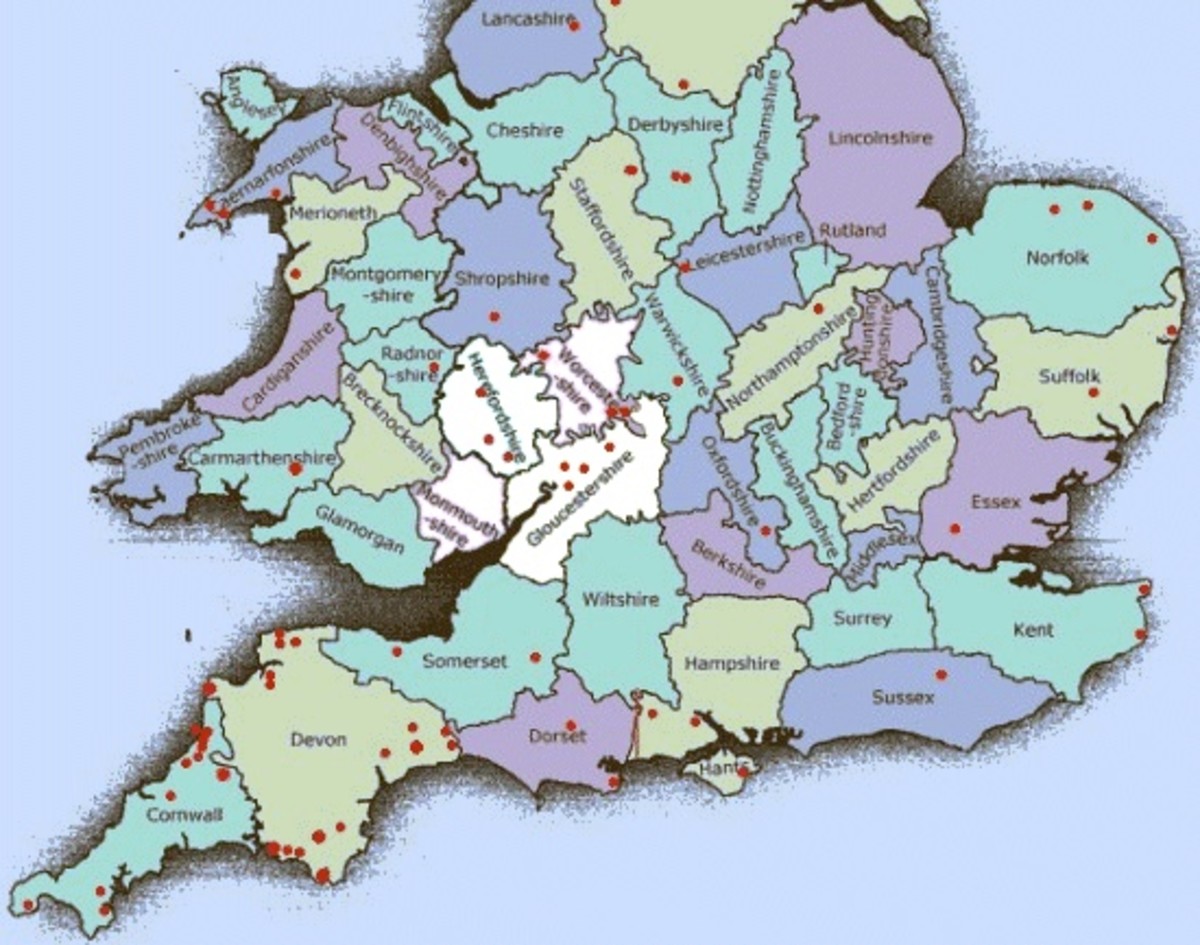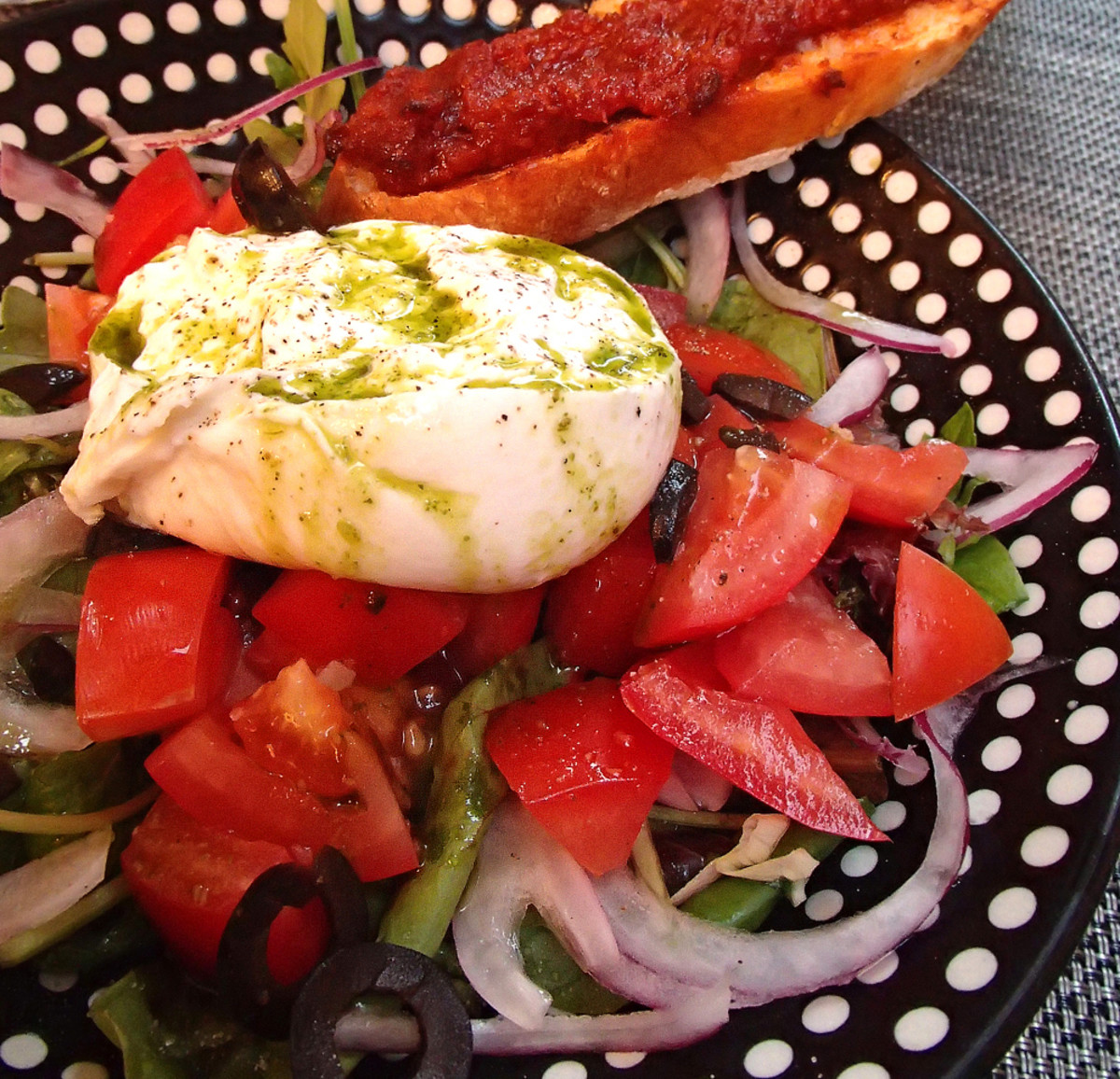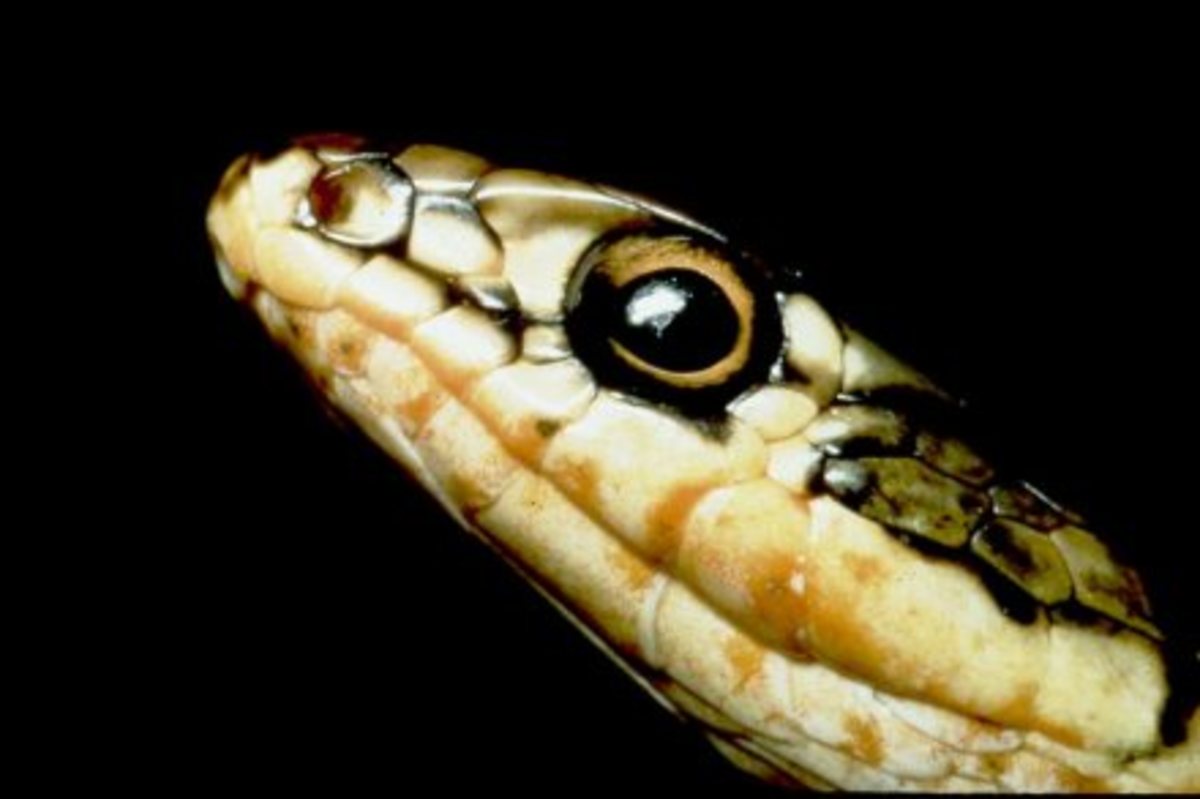Slovakia vs. Slovenia: Two Countries, One Constant Identity Crisis
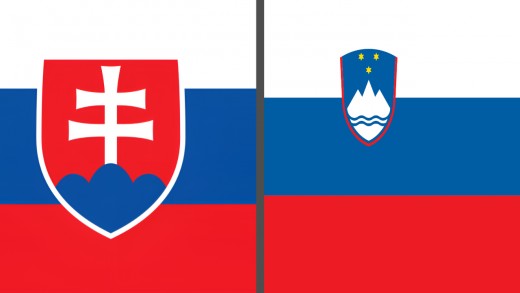
Slovakia and Slovenia: the eternal mix-up. If you’ve ever paused mid-sentence and thought, “Wait… which one has the Alps?” — you’re not alone. In fact, you’re in suspiciously good company.
At one point, the embassies of Slovakia and Slovenia reportedly met once a month to exchange misdelivered mail.
Not a joke. This happened.
So what’s going on here? Why do these two perfectly real, perfectly distinct European countries keep getting tangled in the global imagination? Let’s break down why Slovakia ≠ Slovenia — and why the confusion still refuses to die.
It Starts With the Names…
Slovakia. Slovenia. Two letters off.
Both start with “Slo-”, end with “-ia”, and share the same Slavic linguistic root. To a tired customs agent, news anchor, or geography-challenged American tourist, they might as well be a glitch in the simulation.
But the names are only the start.
…And Then There’s the Flags
This is where things go from mildly confusing to full-on copy-paste energy.
Both countries use horizontal white–blue–red tricolours, and both slap their coats of arms slightly left of center. It’s not your fault if you’ve stared at one and thought, Didn't I just see this?
- Slovakia’s flag has a double-cross-topped shield with a stylized depiction of the Tatra, Fatra, and Matra mountain ranges.
- Slovenia’s has Mount Triglav, wavy blue rivers, and three golden stars that look a bit like a Microsoft Word watermark.
To the untrained eye? Indistinguishable at a glance. It’s like two kids showed up to school wearing the same outfit and insisted they weren’t twins.
Language & Culture: Close Cousins, Not Twins
Both Slovak and Slovene are Slavic languages — but they’re from different branches.
- Slovene is South Slavic, like Croatian or Serbian.
- Slovak is West Slavic, like Czech or Polish.
So yes, they sound sort of similar, especially to non-Slavic ears, but no — speakers of one can’t automatically understand the other.
Culture-wise, Slovenia has a stronger Central European/Italian influence, while Slovakia carries more Austro-Hungarian and Slavic weight. And when it comes to food? Expect dumplings and stews in both, but Slovenia sneaks in a Mediterranean twist, while Slovakia goes all-in on paprika and pork.
The Geography Gap
Let’s break this down clearly:
- Slovenia: Alps, Adriatic coast, borders Italy and Austria, very green, kind of Mediterranean vibes. Think picturesque lakes, white wine, and dragons (more on that soon).
- Slovakia: High Tatras, landlocked, more Central European forest energy. Borders Poland, Ukraine, Hungary. A bit colder, a bit higher, a bit more overlooked.
Totally different landscapes — one can boast sea views, the other can boast actual bear sightings.
Capital Cities: Dragons vs. Danube
Here’s where the names finally diverge:
- Ljubljana, Slovenia: Small, stylish, and full of Baroque bridges and dragon statues. It’s pronounced Lyoo-blee-ah-nah, and yes, locals are patient about it.
- Bratislava, Slovakia: Perched on the Danube, famously close to Vienna, and filled with a mix of medieval towers and Communist-era blocks. More gritty charm, less tourist overload.
At least here, no one’s confusing the two — unless you’re booking flights at 2 a.m.
Even the Powerful Get It Wrong
This isn’t just your friend who once thought Europe was a country.
- In 2008, U.S. President George W. Bush managed to thank the “people of Slovenia” while standing next to the president of Slovakia.
- In 2010, Silvio Berlusconi reportedly confused the two during a summit, despite being in the EU with both of them.
- The United Nations once mixed up their nameplates during an official event.
Even seasoned diplomats have to double-check maps before opening their mouths.
So… Why Didn’t One of Them Just Change?
Because why would they? Did you change your name because your classmate had the same?
- Slovenia declared independence from Yugoslavia in 1991.
- Slovakia split from Czechoslovakia in 1993.
Each has a strong case to keep the name tied to their language, identity, and nationhood. It just so happens they were born into independence within two years of each other, at the end of the Cold War, with confusingly similar branding. Oops.
Conclusion: Know Your “Slo”
If nothing else, remember:
Slovakia = Tatras, bears, landlocked.
Slovenia = Alps, dragons, coast.
And the next time you mix them up? Just know you’re in company that includes presidents, diplomats, and about 90% of the planet.
But please — at least get the flags right.

